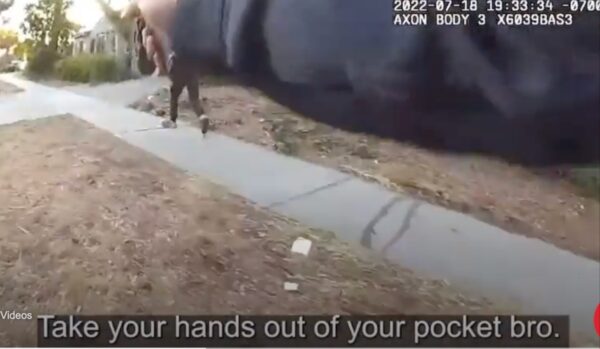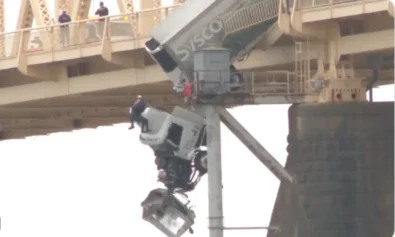A Los Angeles police sergeant who is still on a job after shooting a mentally ill veteran last July after mistaking a car part the man was carrying for a gun could face some disciplinary action after the police civilian oversight panel ruled that he broke policy.
Los Angeles Police Department Chief Michel Moore and the Board of Police Commissioners agreed that even if Sgt. Brett Hayhoe believed the man was armed he should have exited his vehicle and reassessed the threat before taking action.

The victim, 39-year-old Jermaine Petit, was shot in jaw and shoulder and was promptly transported to a hospital.
The July 18 shooting happened after officers responded to a report of a man with a firearm and saw Petit walking along a sidewalk. Hayhoe, a supervisor in the Southwest Division, was backing up two other officers who were trying to detain Petit along Obama Boulevard.
Body-worn camera footage captured the encounter as Hayhoe pulled alongside the U.S. Air Force veteran and immediately ordered him to drop his “gun.” Ignoring the officers’ warnings, Petit turned toward Hayhoe, prompting the sergeant to fire two shots at him.
Police officials contend that footage provides a limited view of what happened on the scene, and Petit “turned toward them multiple times while pointing a black metallic object believed to be a firearm in their direction.”
Still, another officer Daryl Glover fired a single round at Petit from behind after Glover’s partner just stated, “It’s not a gun, bro.”
Chief Moore reportedly said the next day at a police commission meeting that the object was a “black metal latch actuator.”
On Tuesday, the Board of Police Commissioners voted 3-0 in agreement with Moore’s determination that Hayhoe’s use of lethal force violated department policy.
Moore’s decision, based on the findings of an extensive internal investigation, cited Hayhoe’s poor decision-making, asserting that the sergeant’s actions “escalated the situation and created the exigent circumstance which led to the use of lethal force.”
The chief’s report acknowledged the nature of the call and said that the internal use-of-force review board would have preferred Hayhoe not drive alongside Petit. Instead, he should’ve pulled up to the officers, used his police vehicle as cover, issued commands to Petit, requested additional resources, and monitored Petit’s direction of travel until those resources arrived.
Any punishment for Hayhoe lies with the chief. However, details of disciplinary action within the police department are rarely disclosed to the public, according to the Los Angeles Times.


